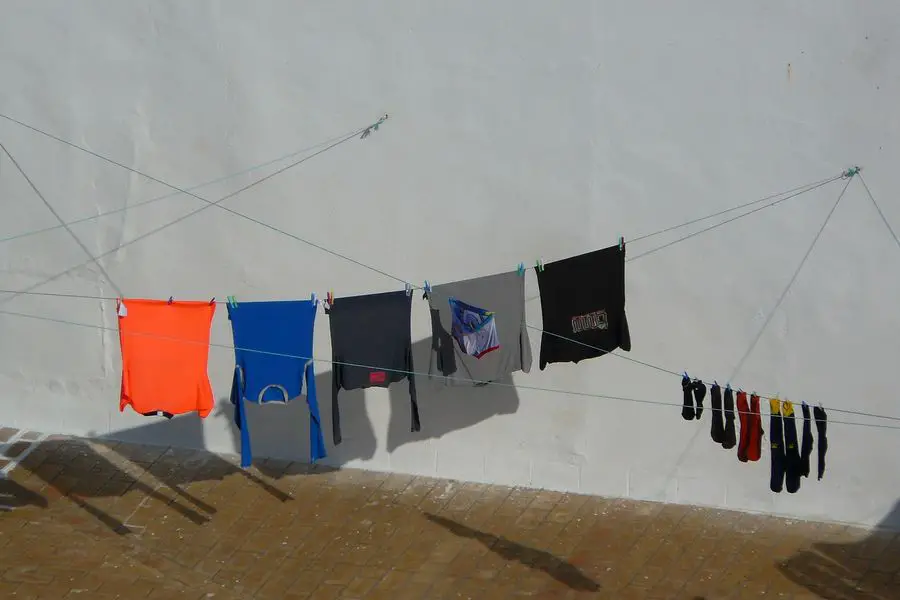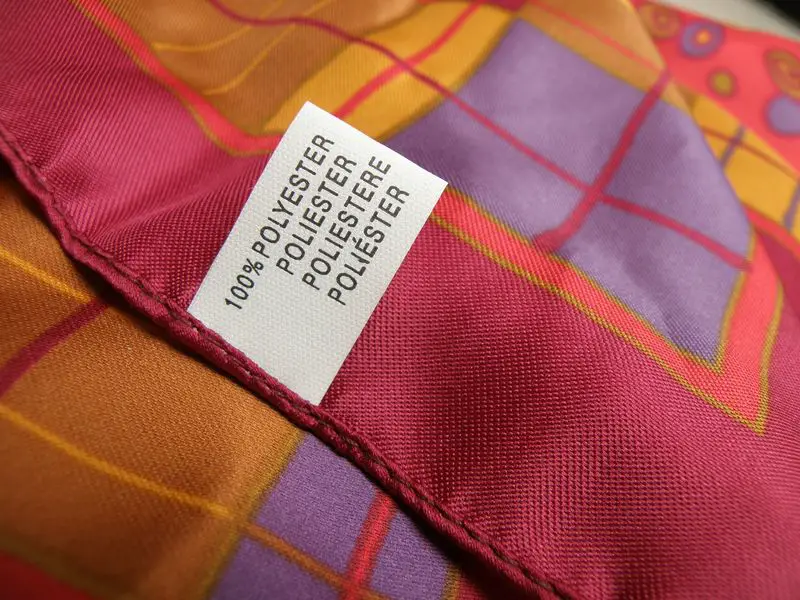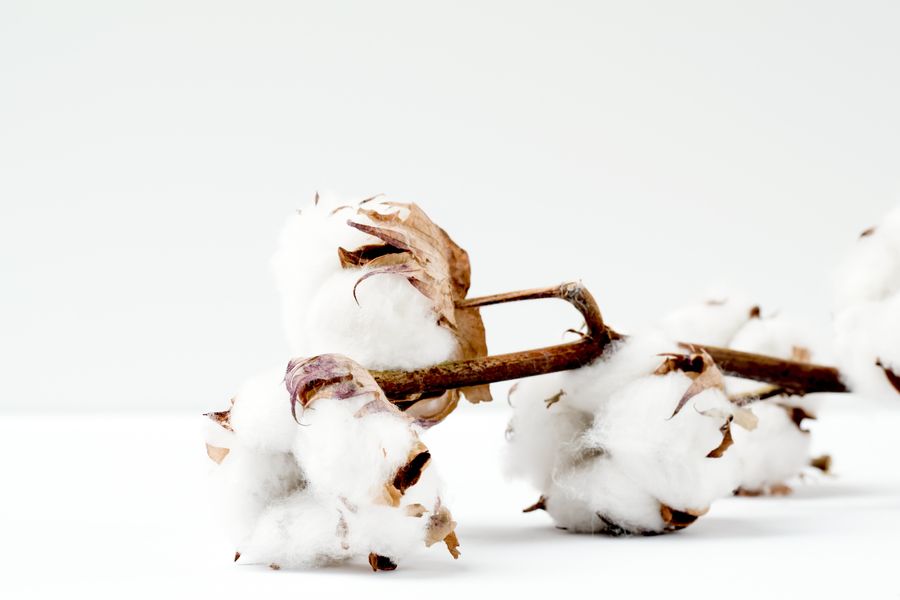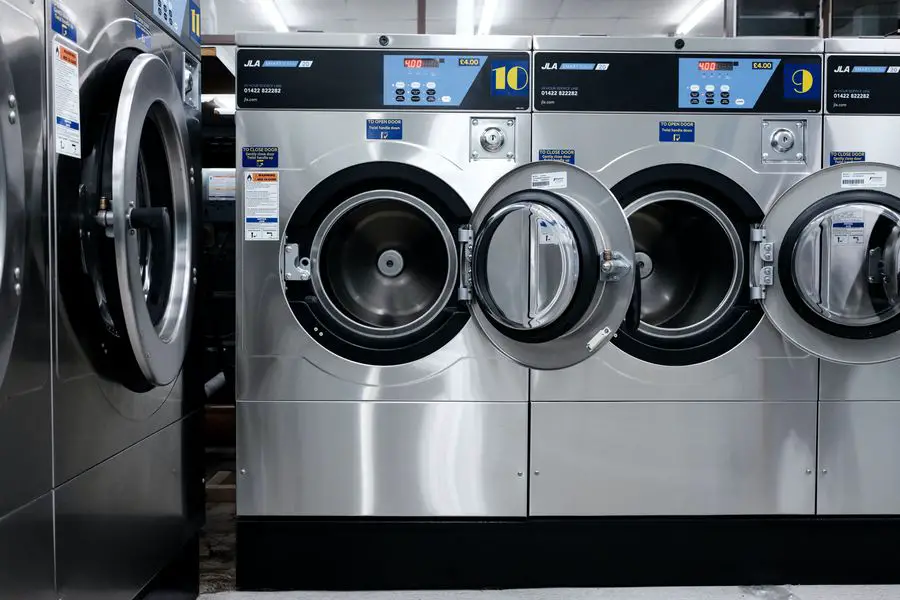One eco-travel hack that has gained traction in recent years is packing fast drying clothes in the luggage. These garments allow people to pack light for their trip while having all the necessary gear according to the activities they will be doing. These garments allow sweat to be removed quickly, but they also dry quickly after washing, allowing them to be promptly reused.

What Is a Fast Drying Fabric – Definition
Fast-drying fabrics, also known as quick-drying fabric, are materials specifically designed for outdoor conditions – sports or hiking – with increased waterproof properties. However, this fast-drying characteristic can also be used while traveling, minimizing the number of clothes in the luggage. Packing fast dry clothes helps to reduce the number of clothes we need in the bags; we can wash them regularly with minimal water usage and dry them more quickly, making the trip more practical and with an overall more positive environmental impact. Outdoor clothes are only one example, but various fabrics have fast-drying qualities.
What Makes a Fabric Quick Drying?
1. Material
The choice of material is crucial in determining how quickly a fabric dries. There are two big groups of fabrics that are used for the production of quick-drying clothes.
A. Synthetic materials

Polyester and nylon are popular synthetic materials used in fast-drying clothes due to their moisture-wicking properties and quick drying times.
Synthetic Fibers Are:
- Polyester
- Nylon
- Polypropylene
- Micromodal
- Rayon
B. Natural Fibers

Some natural fibers, such as merino wool, also possess quick-drying properties. Merino wool is known for its ability to wick moisture, regulate body temperature, and resist odors, making it an ideal fabric for eco-travelers.
Natural fibers are:
- Cotton
- Wool
- Merino wool
- Bamboo
- Linen
C. Weave and Construction
How a fabric is woven or constructed can affect drying time.
A. Fabric construction: How a fabric is constructed can impact drying time. Loosely woven fabrics allow air to flow freely, speeding up drying.
B. Lightweight and breathable fabrics: Lightweight materials dry faster than their heavier counterparts, while breathable fabrics prevent the build-up of sweat and moisture, keeping the wearer comfortable.
D. Fabric Treatments
Many fast-drying clothes undergo fabric treatments to improve moisture management, enhance breathability, and provide antimicrobial protection. These treatments can help maintain the garment’s performance over time.
Benefits of Fast-Drying Clothes for Eco Travellers
A.Space-saving and packing efficiency
- Lighter luggage: Packing fewer clothes translates to lighter luggage, reducing carbon emissions during transportation.
- Versatility: Fast-drying clothes are often designed for multiple activities, making them perfect for travelers who enjoy various outdoor pursuits.
B. Reduced need for laundering
- Less water consumption: Fast-drying clothes can be worn multiple times before washing, resulting in less water used for laundry.
- Lower energy usage: Reduced washing frequency means less energy is consumed for washing and drying.
C. Enhanced comfort and hygiene
- Moisture-wicking properties: Fast-drying clothes keep the wearer dry and comfortable, even in hot or humid conditions.
- Odor-resistant materials: Antimicrobial treatments and odor-resistant fabrics help maintain hygiene, reducing the need for frequent laundering.
But Are They Really Sustainable and Environmentally Friendly?
The sustainability and environmental friendliness of fast-drying fabrics depend on the type of fiber, the production process, and the product’s lifecycle.
Natural fibers
- Cotton – Generally considered sustainable, but conventional cotton farming can be water-intensive and use large amounts of pesticides. Organic cotton is a more sustainable option.
- Wool – Sustainable as it is biodegradable and renewable. However, raising sheep can contribute to land degradation and water pollution if not managed properly. Choosing ethically sourced wool is essential.
- Merino wool – Similar to wool, Merino wool is biodegradable and renewable. It is often considered more sustainable than regular wool due to its finer fibers and lower environmental impact. However, similar concerns about sheep farming apply.
- Bamboo – Bamboo is fast-growing and requires less water and pesticides than cotton. However, turning bamboo into fabric can be chemically intensive and have negative environmental impacts. Look for closed-loop production processes that minimize waste and emissions.
- Linen – Made from flax, linen is biodegradable, renewable, and requires fewer resources than cotton. However, the processing of linen can be water- and energy-intensive, so choosing linen made using eco-friendly methods is essential.
Artificial fibers
- Nylon – A synthetic material derived from petroleum, nylon is not considered sustainable or environmentally friendly due to its non-renewable nature and the pollution created during production.
- Polyester – Also a petroleum-based synthetic material, polyester is not sustainable or environmentally friendly for the same reasons as nylon. However, recycled polyester is a more sustainable alternative.
- Rayon – Made from cellulose, rayon is a semi-synthetic fiber. Production often involves hazardous chemicals, and deforestation can occur if the wood pulp is unsustainably sourced. Opting for Tencel or lyocell, produced using closed-loop processes, can be a more sustainable choice.
- Polypropylene – A petroleum-based plastic, polypropylene is not considered sustainable or environmentally friendly due to its non-renewable nature and pollution created during production.
- Micromodal – A type of rayon, Micromodal is produced from sustainably sourced beechwood pulp. While it is considered more eco-friendly than regular rayon, it still uses chemicals in production.
The sustainability and environmental friendliness of fast-drying fabrics depend on the type of fiber and the production processes involved. To make more sustainable choices, look for organic or ethically sourced natural fibers and closed-loop production processes for artificial fibers. Additionally, consider the product’s overall lifecycle, including its durability, energy use during washing and drying, and disposal or recycling options.

Choosing the Right Fast Drying Clothes for Your Travel
Assessing your Travel Needs
- Choose fast-drying clothes that suit the climate of your destination.
- Select garments designed for the specific actions you’ll be engaging in, such as hiking, swimming, or sightseeing.
- For extended trips, prioritize versatile clothes that can be worn multiple times.
Key Features to Look for
- Ensure your chosen garments effectively wick moisture away from the body to keep you dry.
- Look for clothes with UPF (Ultraviolet Protection Factor) ratings for added sun protection.
- Opt for garments treated with antimicrobial agents to keep odors at bay.
Tips for Maximizing the Benefits of Fast-Drying Clothes
Proper care and maintenance
- Washing instructions: Follow the manufacturer’s care instructions to ensure clothes maintain their performance and longevity.
- Drying techniques: Avoid direct heat sources or tumble dryers, which can damage the fabric. Use drying techniques as discussed below.
Layering and outfit planning
- Plan your wardrobe carefully to create versatile outfits with limited clothing items. Mix and match garments that can be dressed up or down depending on the occasion.
- Learn to layer clothing effectively for different climates and activities.
- Embrace the versatility of your fast-drying clothes by wearing them during different activities and in diverse environments.
How To Dry Clothes Without Using Electricity

Drying clothes fast without a tumble dryer can be challenging, but there are several ways to speed up the process.
- Before hanging your clothes, shake them and snap them to loosen the fibers and encourage airflow.
- Gently wring out excess water from your clothes before hanging them up. Be careful not to twist delicate fabrics or stretch the fibers.
- Lay a clean, dry towel on a flat surface and place the wet garment on top. Roll up the towel with the garment inside; pressing as you go will help absorb moisture from the clothes.
- Hang clothes properly: Hang your clothes on a drying rack or clothesline in a well-ventilated area, preferably outdoors in the sun and wind. Make sure to space them out so air can circulate each garment.
- Use clothes hangers to maximize airflow around the garments. Clip the hangers onto a clothesline or drying rack.
- Dry smaller loads of laundry to allow more air circulation around the garments and reduce drying time.
- Suppose space allows, lay clothes flat on a clean drying rack, allowing air to circulate them.
Conclusions
In conclusion, whether fast-drying clothes for traveling are sustainable is multifaceted and depends mainly on the type of fibers used, their production process, and the product lifecycle. On the one hand, these clothes offer various benefits for eco-travelers, including space-saving, reduced laundering needs, and enhanced comfort and hygiene. This can contribute to less water and energy usage and reduced carbon emissions during transportation, fostering more sustainable travel practices.
On the other hand, the environmental impact of the fibers used to manufacture these clothes varies. Natural fibers like cotton, merino wool, bamboo, and linen can be sustainable. Still, their farming and production processes can be water-intensive and contribute to pollution if not managed properly. Synthetic fibers like nylon, polyester, rayon, polypropylene, and micro-modal are often derived from petroleum, making them less sustainable due to their non-renewable nature and the pollution created during production.
Look for clothes made of sustainable fibers, produced using eco-friendly methods, and able to maintain their performance over a long lifespan. Pay attention to care instructions to prolong their life and thus increase their sustainability. Also, consider using energy-efficient methods for drying clothes, such as air-drying in a well-ventilated area.
Manufacturers must innovate and improve their production processes’ sustainability, consumers must make informed purchasing decisions, and policymakers should create guidelines and regulations that encourage sustainable practices.




